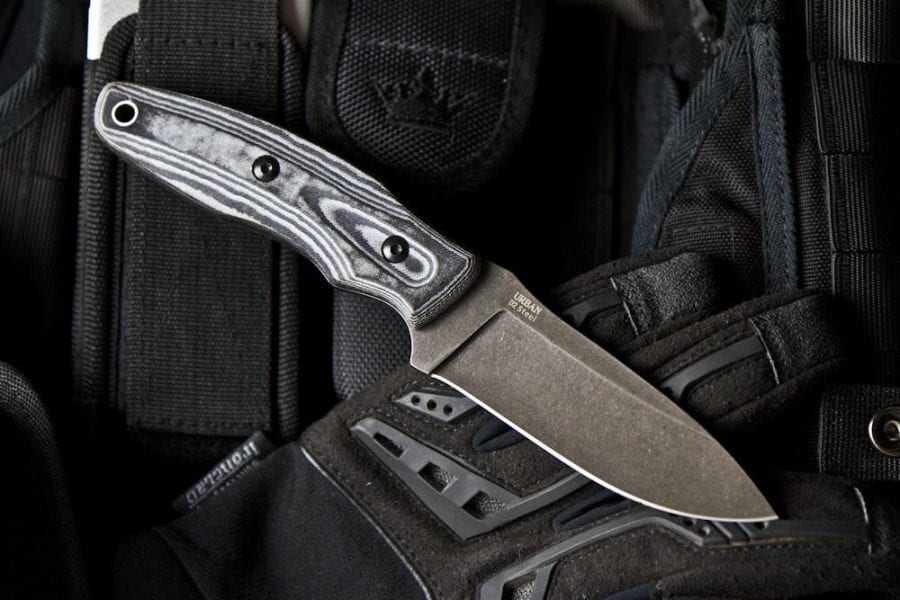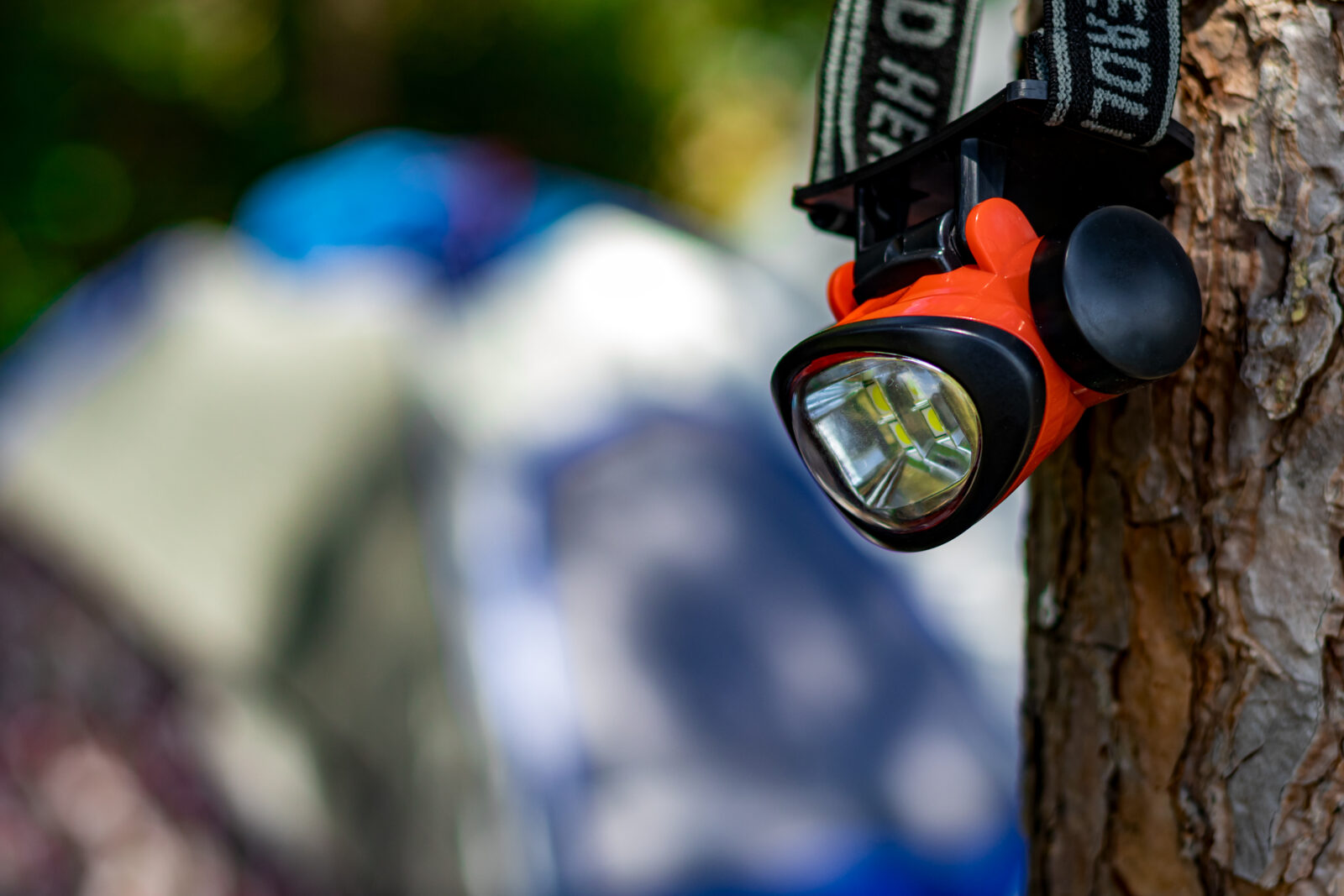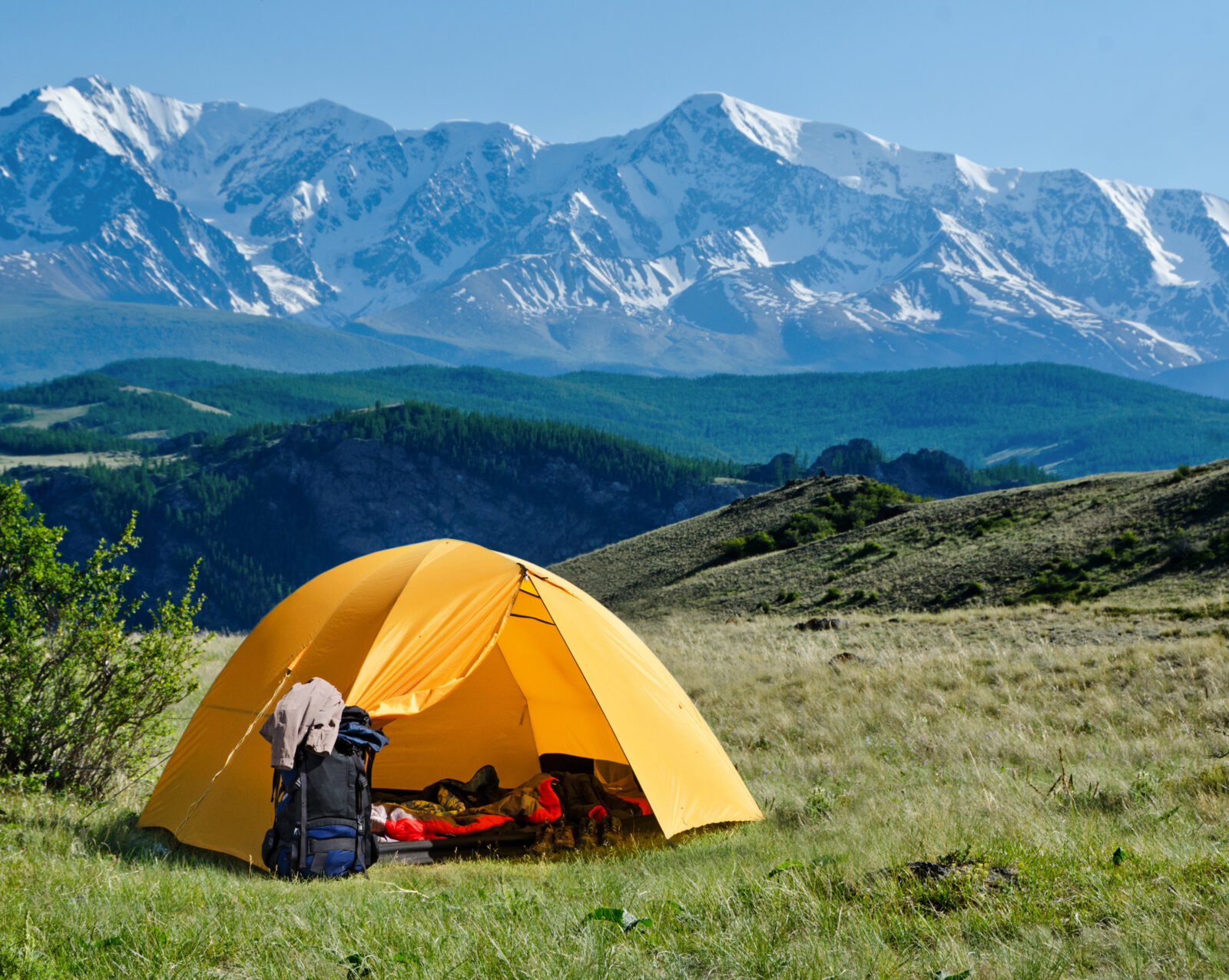Measuring 3,100 miles in length, the Continental Divide Trail is one of the longest thru-hiking trails that’s part of, what’s known as, the triple crown, joining the Pacific Crest Trail and the Appalachian Trail.
The Continental Divide Trail crosses the United States (along the Continental Divide) through five states; Montana, Wyoming, Colorado, and New Mexico.
So, when you see states like those, you can expect very rigorous, challenging hikes through the mountains.
It’s because of that mountain terrain that you need to not only be a skilled athlete but also well-prepared. This trail is extremely wild and remote and a large chunk of it is unfinished, making thru-hikes quite difficult.
Tackling the Continental Divide trail requires careful planning, especially when it comes to the gear you’re going to bring and ship to stop points along the way. In addition to the basic thru-hiking gear you’ll need, there are a handful of other useful tools you’ll want to throw in your pack.
Here’s what we recommend you bring on the Continental Divide Trail.
1. Compass and maps
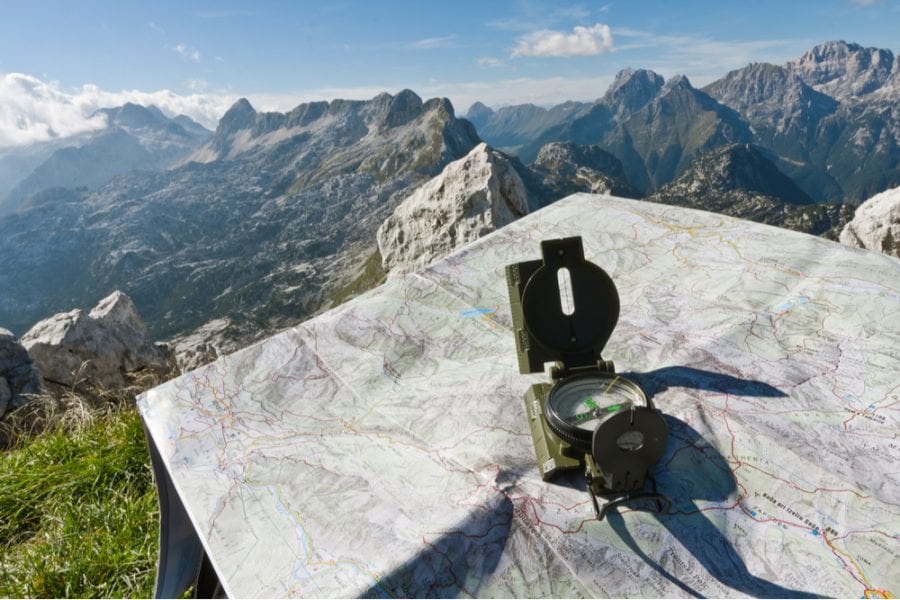
We can’t emphasize enough the importance of having a reliable compass and up-to-date trail maps of each section of the Continental Divide Trail.
Out of the big three, the Continental Divide Trail is the most challenging because it can go unmarked for many, many miles. If you start to veer of course, you could potentially be in trouble.
A card-shaped compass works best, as it can easily line up on a map. It can also fit in a front pocket easily. You’ll want to shell out a little extra for a reliable compass that’s waterproof and performs well, even under magnetic variations.
In terms of maps, the Continental Divide Trail Coalition has the most recent maps available to those making the trek. Even better, the nonprofit group offers an interactive map that you can study ahead of your trip.
2. Bush knife
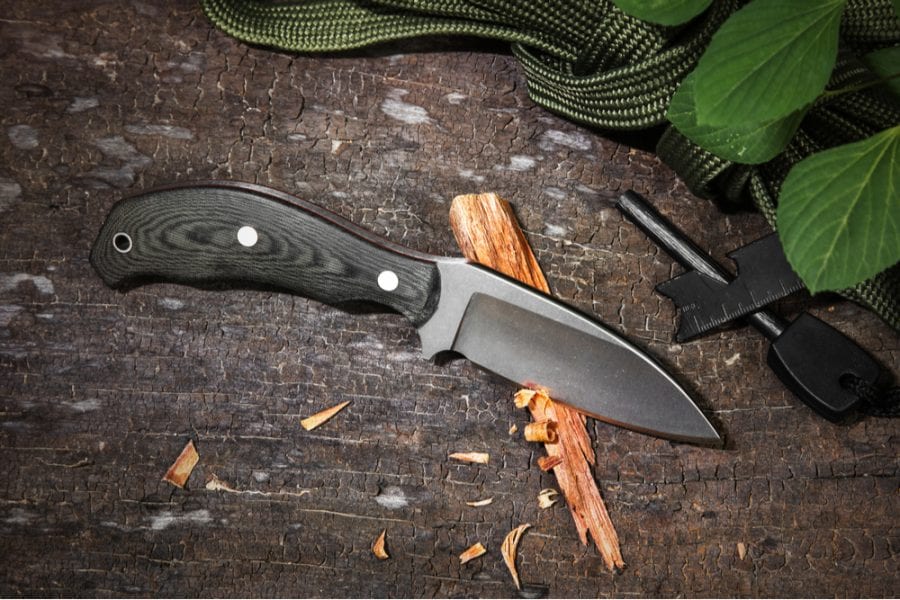
Raw, unmarked trails can be difficult to hike through, especially in the spring as growth starts to appear.
Bringing a bush knife with you will allow you to cut through the mess and avoid getting your legs scraped up by that growth.
A bush knife is also a useful weapon in case you come in close contact with a dangerous wild animal.
And if you’ve seen any survival movie or reality TV show, you know a good knife can come in handy when preparing food or creating a make-shift shelter.
3. Water filter
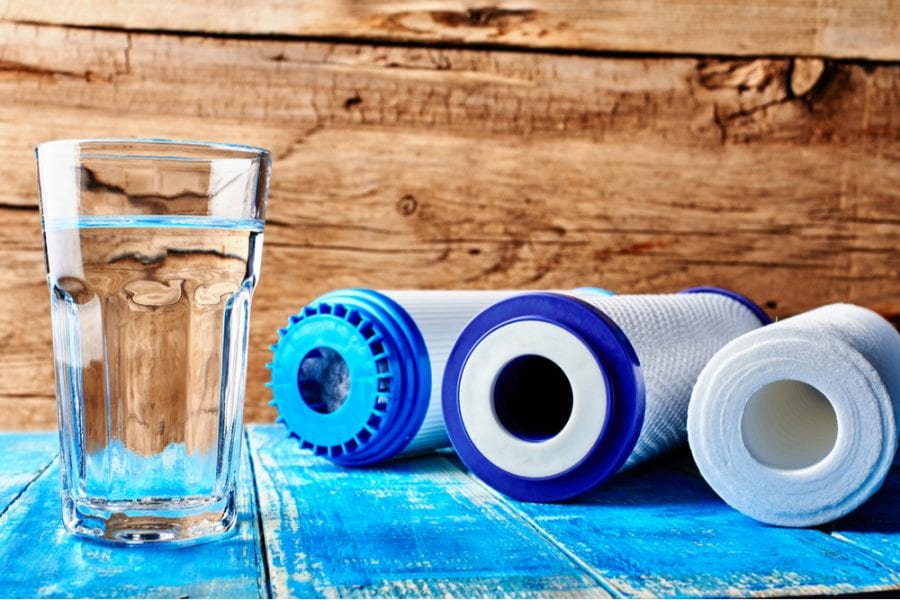
While the Rocky Mountains can be a source of clean water, you can never be too careful when it comes to your drinking water. A serious waterborne illness can bring your trip to a screeching halt.
You have a couple of options for water treatment.
A pump filter is a great way to quickly drink water on the go, but it can be heavy and cumbersome.
A lighter solution is a chemical tablet that takes about 20 minutes to dissolve in your water bottle. Those tablets will kill off any pathogens in the water.
Remember, a large chunk of the Continental Divide Trail is at an elevation above 7,000 feet. In Colorado, your average hikes are around 10,000 feet. When you’re that high up, you’re going to dehydrate quickly.
4. Winter apparel
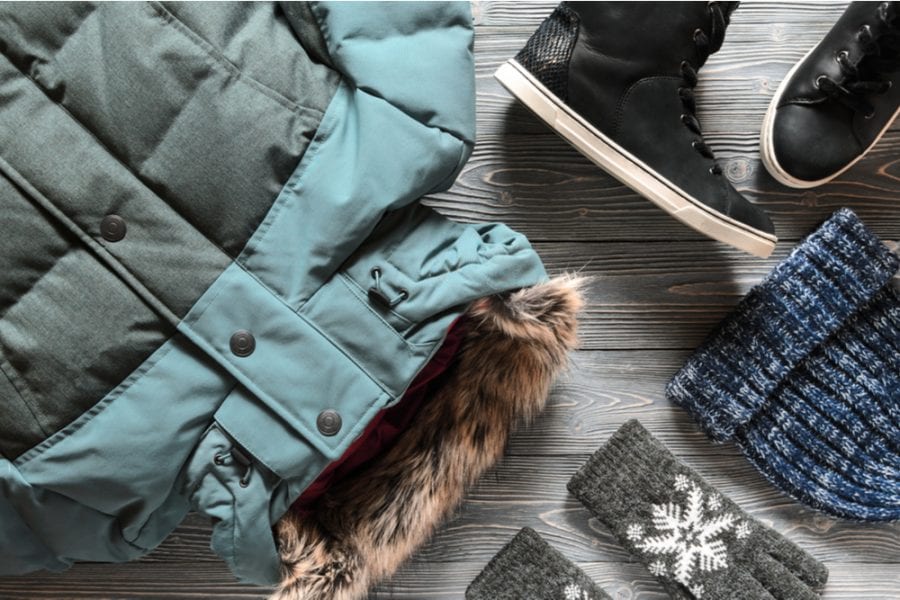
When your scaling peaks higher than 14,000 feet, as you will on the Continental Divide Trail, you need appropriate winter apparel that can keep you warm and wick away any body moisture that can potentially freeze upon you.
Invest in a nice jacket, snow pants, and warm gloves.
Also buy some merino wool socks, which can be worn for several days in a row because they’re antimicrobial. Advanced hikers will alternate between three or four pairs while living out of a backpack.
We recommend buying an insulated vest. While it can be cold, it’s also quite sunny along the trail, which can warm you up quickly. A vest can keep your core warm, but your arms at a comfortable temperature if you’re in the sun.
Read More : How to Layer Effectively for Camping in Cold Weather
5. Ice pick or trekking poles
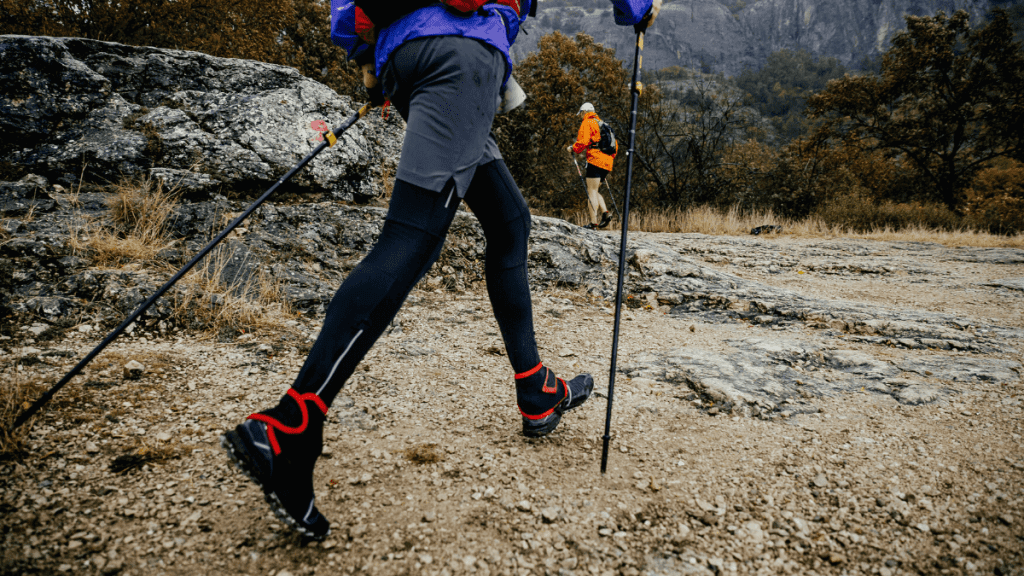
Most people avoid the winter months to hike the Continental Divide Trail, but that doesn’t mean you’re not going to see snow on the tops of mountains.
Bringing along an ice pick for those steeper inclines can be a huge lifesaver on this trail.
Some people, though, consider it overkill. If you fall into that camp, you can’t go wrong with traditional trekking poles. It’s a nice way to keep some pressure off your knees, especially when going up and down mountains.
6. Traction device for your boots
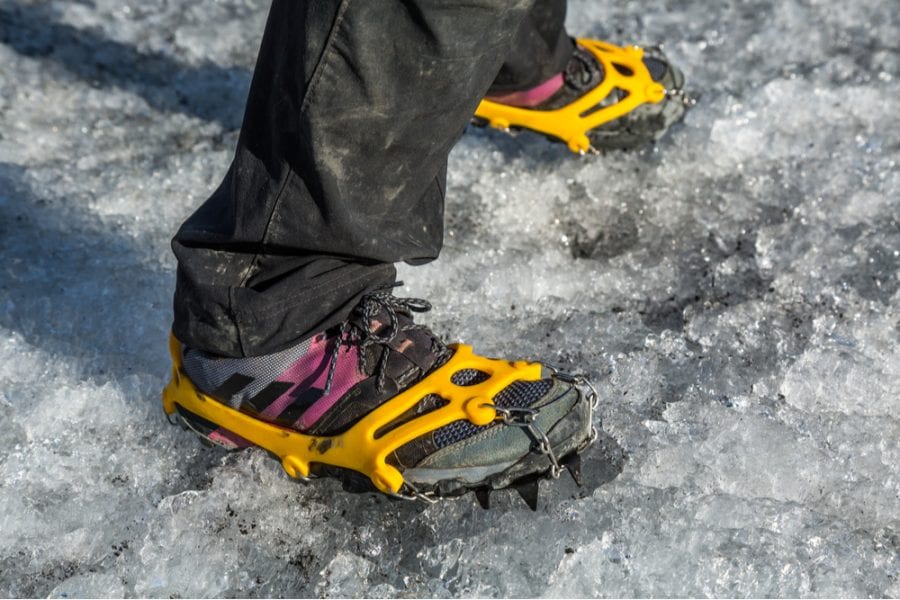
The poles will help, but the number of mountains you’re scaling down can really do a number on your knees and hips. It’ll only get worse if you’re shaking down the mountain because you don’t want to fall.
Some kind of traction device, like microspikes, can make a huge difference on this trail. You’ll hike with more confidence and your body won’t ache as much.
Many people think these boot traction systems are only for the winter, but they can help immensely in the warmer months, too, especially in areas where the rock is slippery.
7. Whistle and signaling mirror
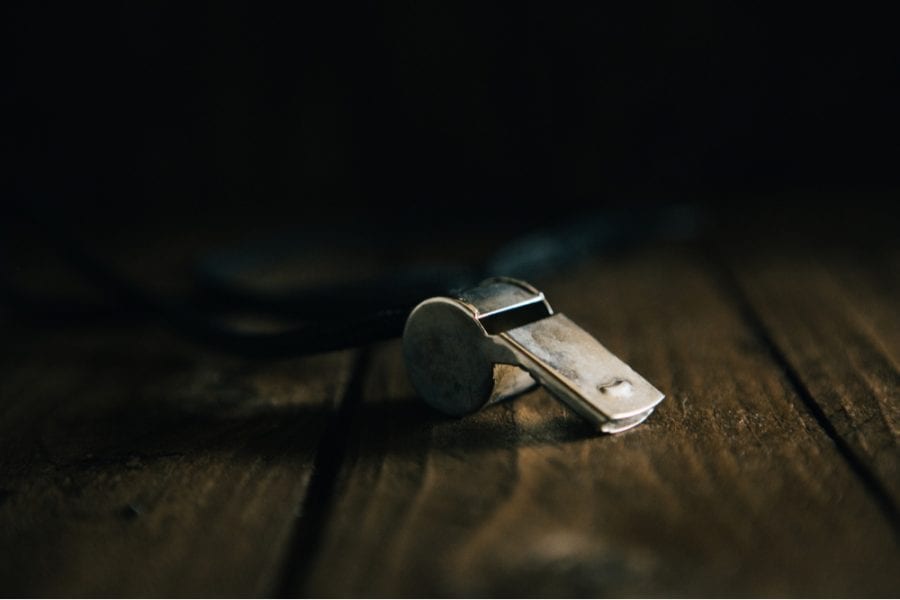
If you’re not well-prepared with this trail, you risk getting lost and stuck in a very dangerous situation.
Before you leave, throw a whistle around your neck and slide a foldable signaling mirror into your backpack.
Additionally, there’s always a chance you could slip when hiking down one of the many mountain peaks on this trail. With more than 50 lbs. on your back, that can potentially result in some serious injuries.
If you find yourself in that situation, there’s a chance fellow hikers will eventually come near you, allowing you to capture their attention with the whistle.
If this turns into an extreme rescue situation where a helicopter crew needs to transport you out of the trail, the signaling mirror can aid the rescue crew.
8. LED headlamp
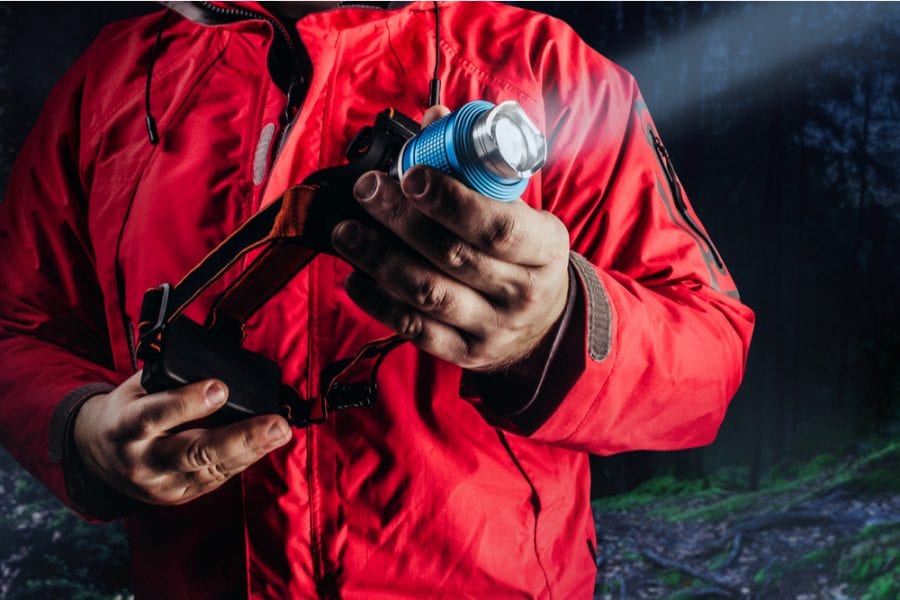
Some stretches of the Continental Divide Trail are extremely long, which requires you to leave early when it’s dark.
In Colorado, for instance, when you’re tackling the 14,278-foot Grays Peak, you need to take off around 4 a.m., which is where a headlamp will come in handy.
The headlamp doesn’t have to be terribly bright but certainly has enough power to help you see in front of yourself.
You also want something that’s light and adjustable, and can easily be controlled through a single button.
9. A tough tent for the terrain
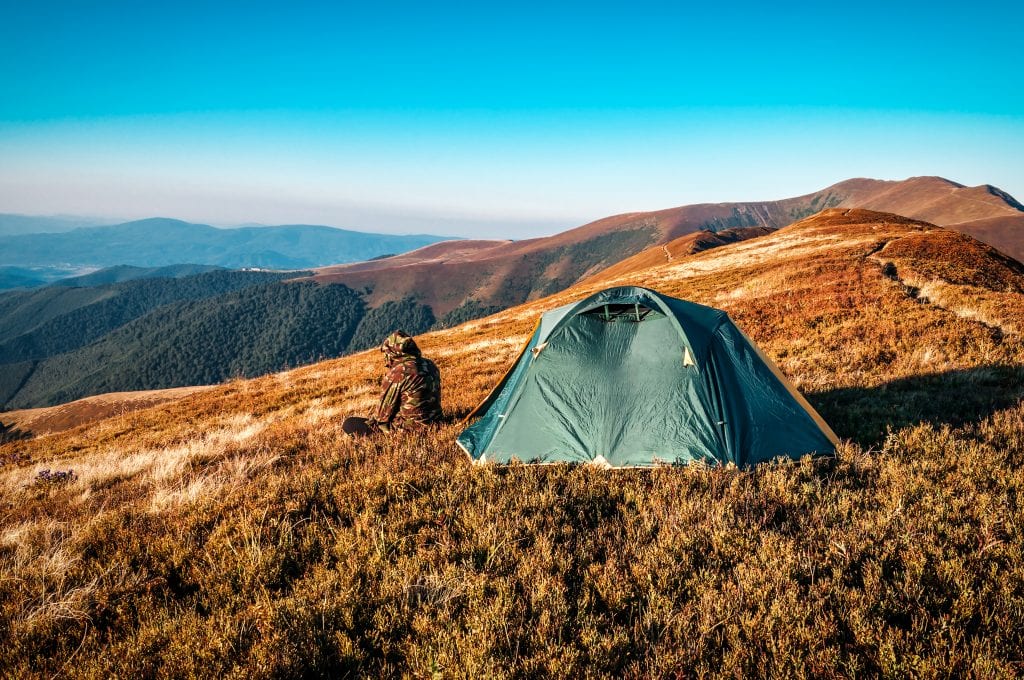
You’ll need a tent that won’t rip open after repeated use in rockier conditions and one that can handle the winds you’ll experience in the mountains. As a result, these tents also tend to be warmer, which is welcomed at such a high elevation.
Look for tents with super-tough materials, like 40D Nylon and 50D Drywall Polyester. These materials can take a beating and you don’t have to worry about any rips along the way.
You also want something that’s double-walled to help cut down on the wind. The length of these mountaineer tents also helps with the wind.
If you can fit it, bring a tarp that can fit under the tent. Any rain during the night can help prevent water from getting into the floor of your tent.
Read More : How to Camp Safely in High Altitude Locations
10. Bear canister
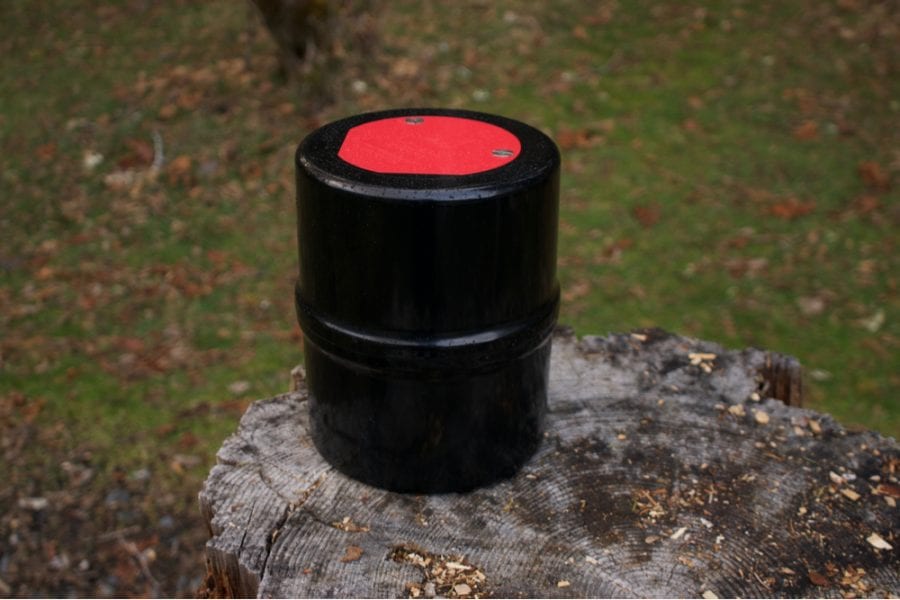
There is certainly a fair share of bears along the trail, including grizzly bears. That’s why you’ll want to pack a bear canister to prevent your food from being enjoyed by the big furry creature.
Bear canisters are designed in a way to frustrate the bear. It can smell your food, but it can’t get a good grip on the canister to open it up.
They’re also super tough, so the bear can’t simply smash it on the ground.
Read More : How to Camp Safely in A Bear Country
11. Repair kits
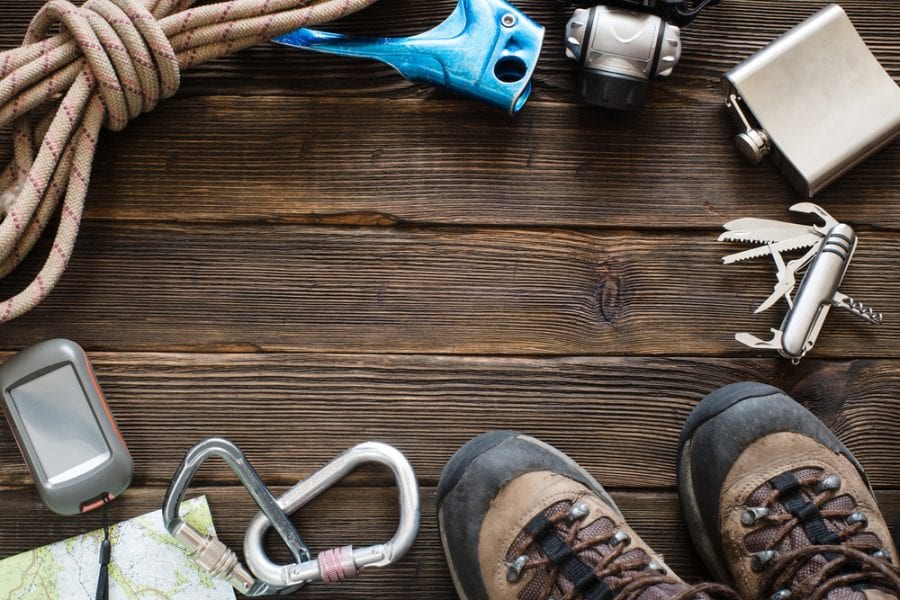
While you should bring a repair kit on any major hiking excursion, you’ll especially want one on the Continental Divide Trail. Because it’s a rockier environment, the chances of your backpack getting snagged on something jagged increases.
The repair kit should include strips of duct tape, among other tools you may need along the way.
Andrew Dodson
Andrew Dodson is an avid camper who enjoys the great outdoors with his wife and two-year-old son. He resides in Colorado, where you can often find him enjoying hikes with a toddler strapped to his back and mini goldendoodle Percy nearby.
